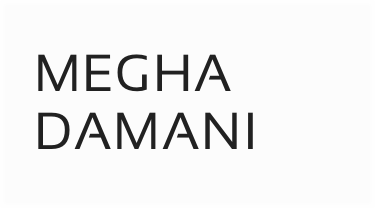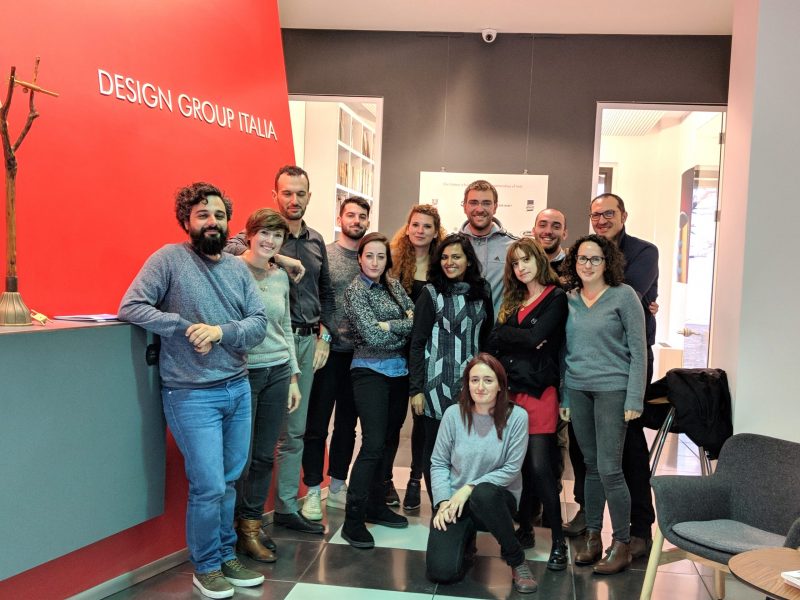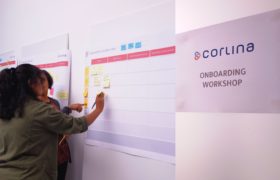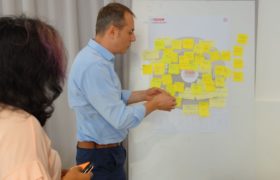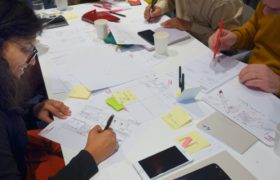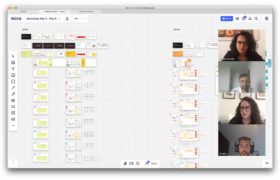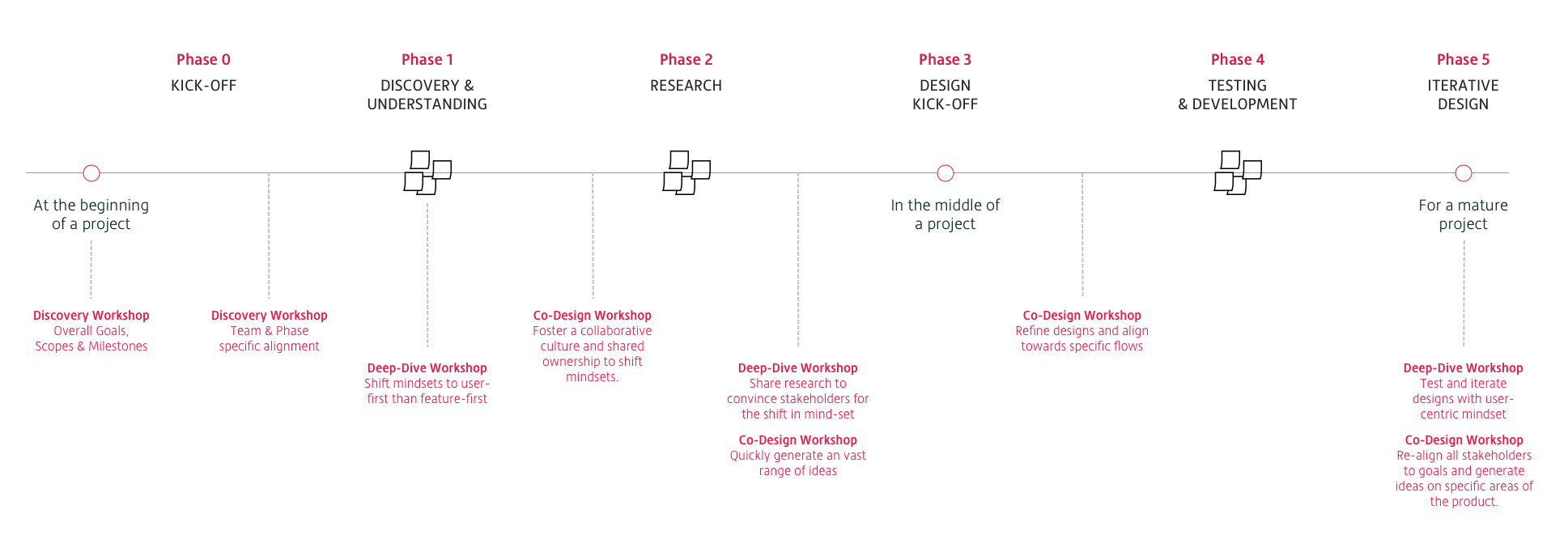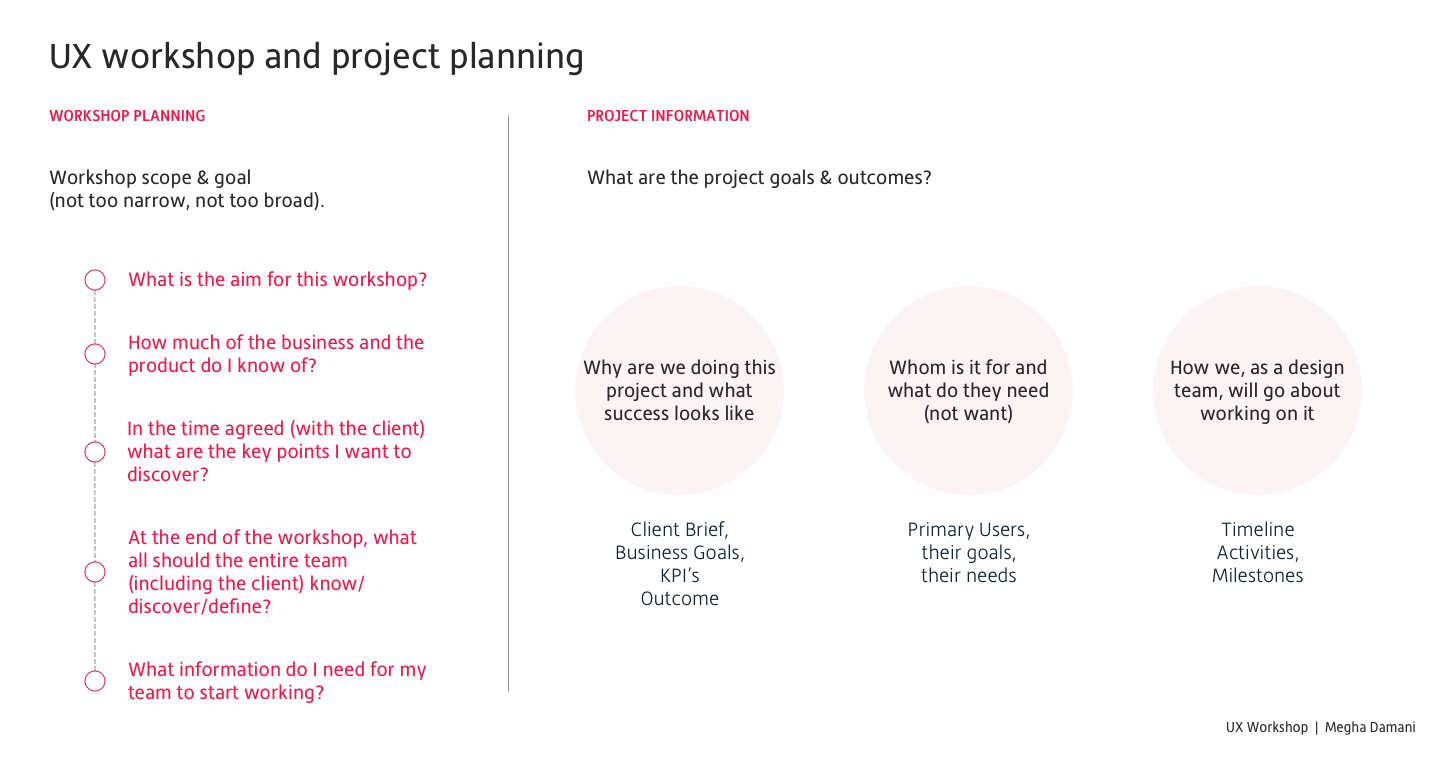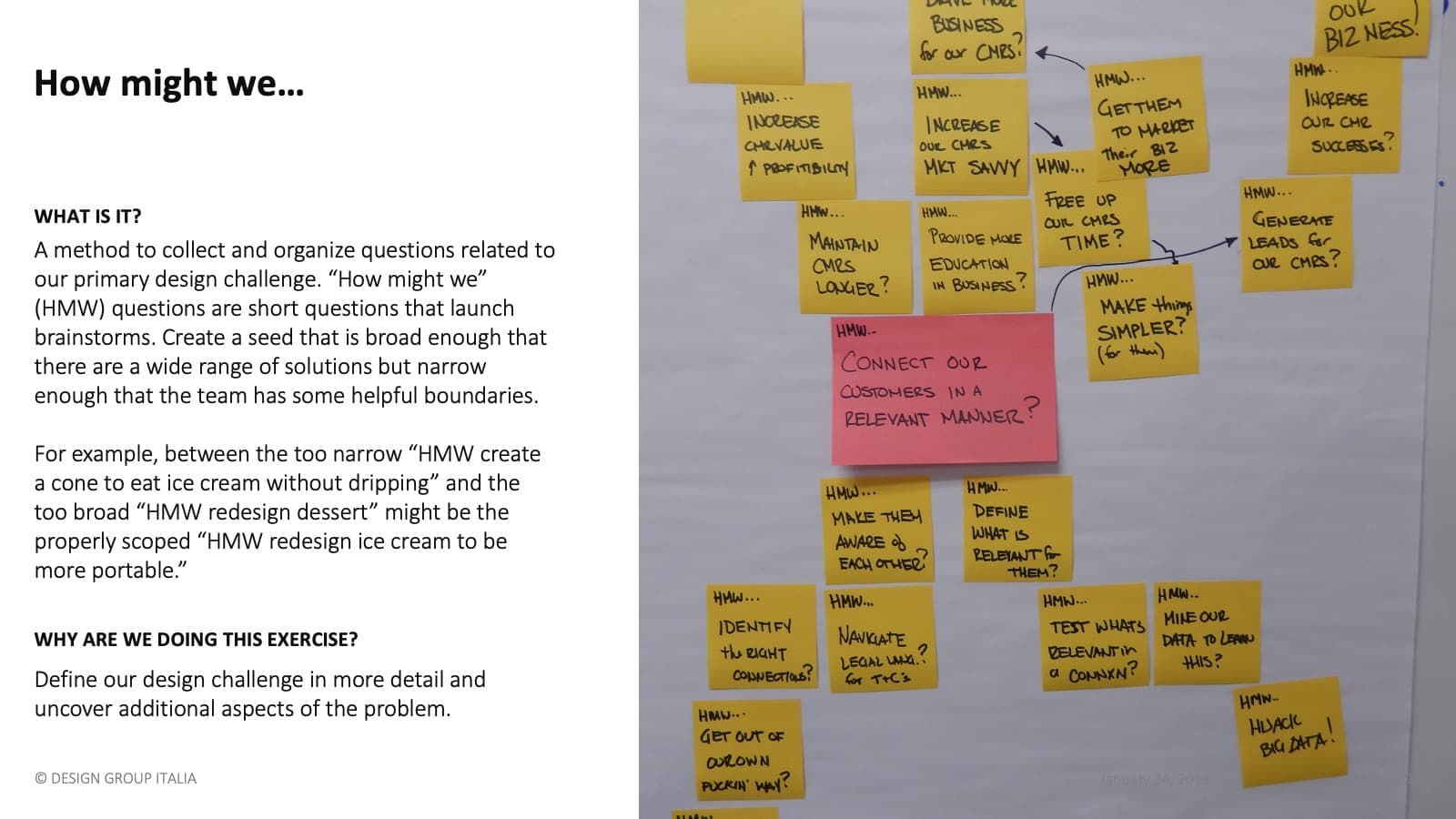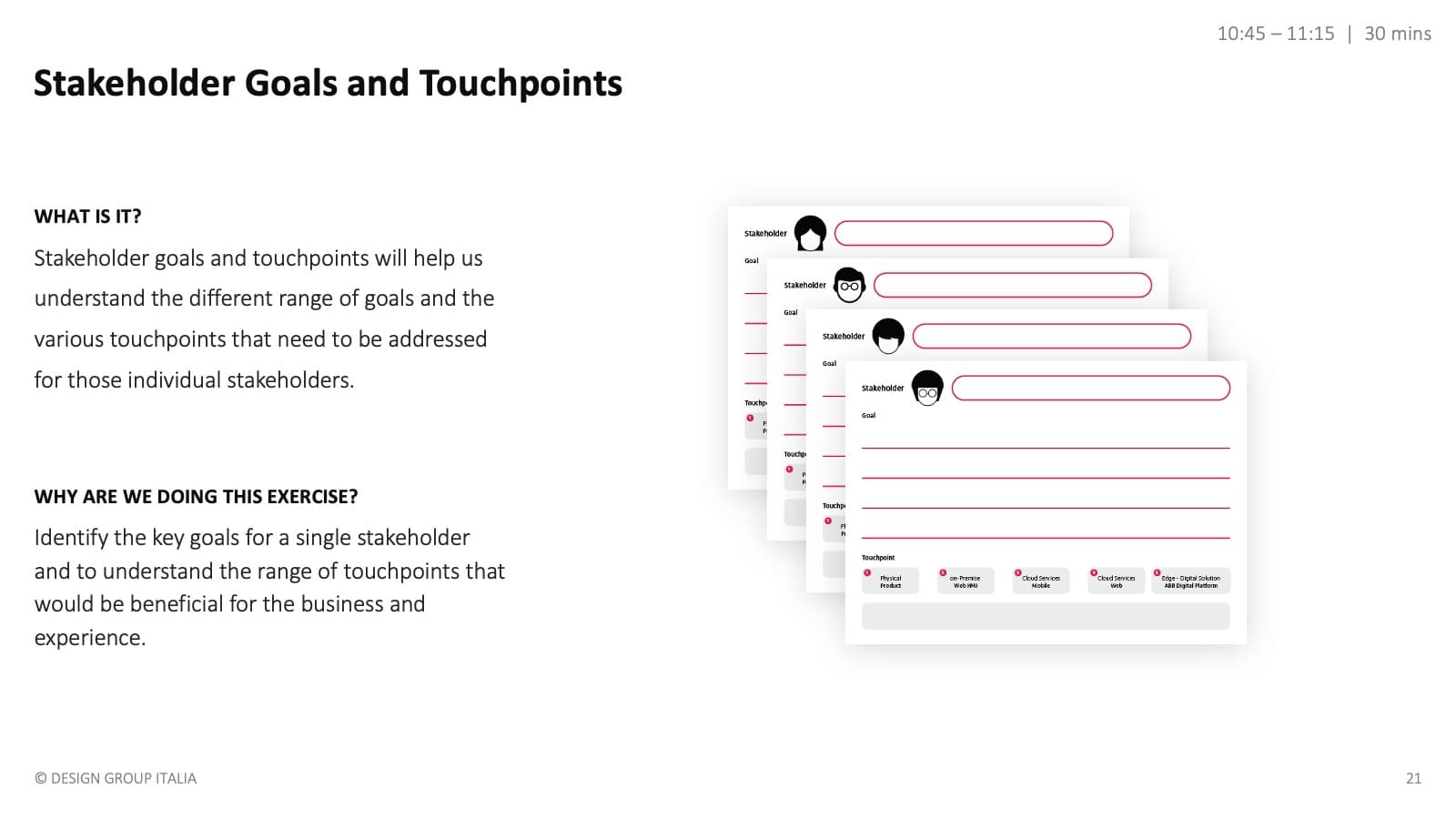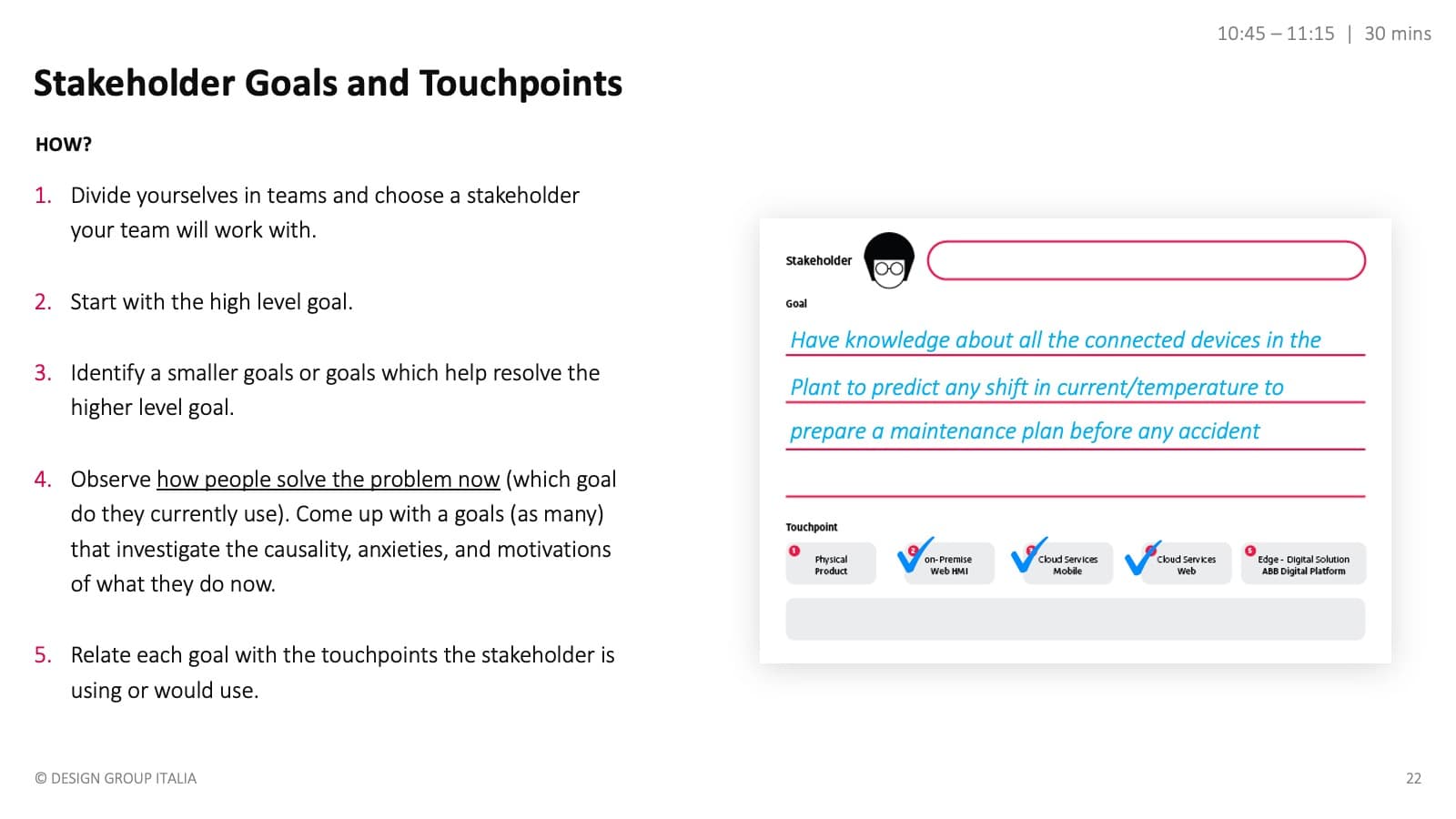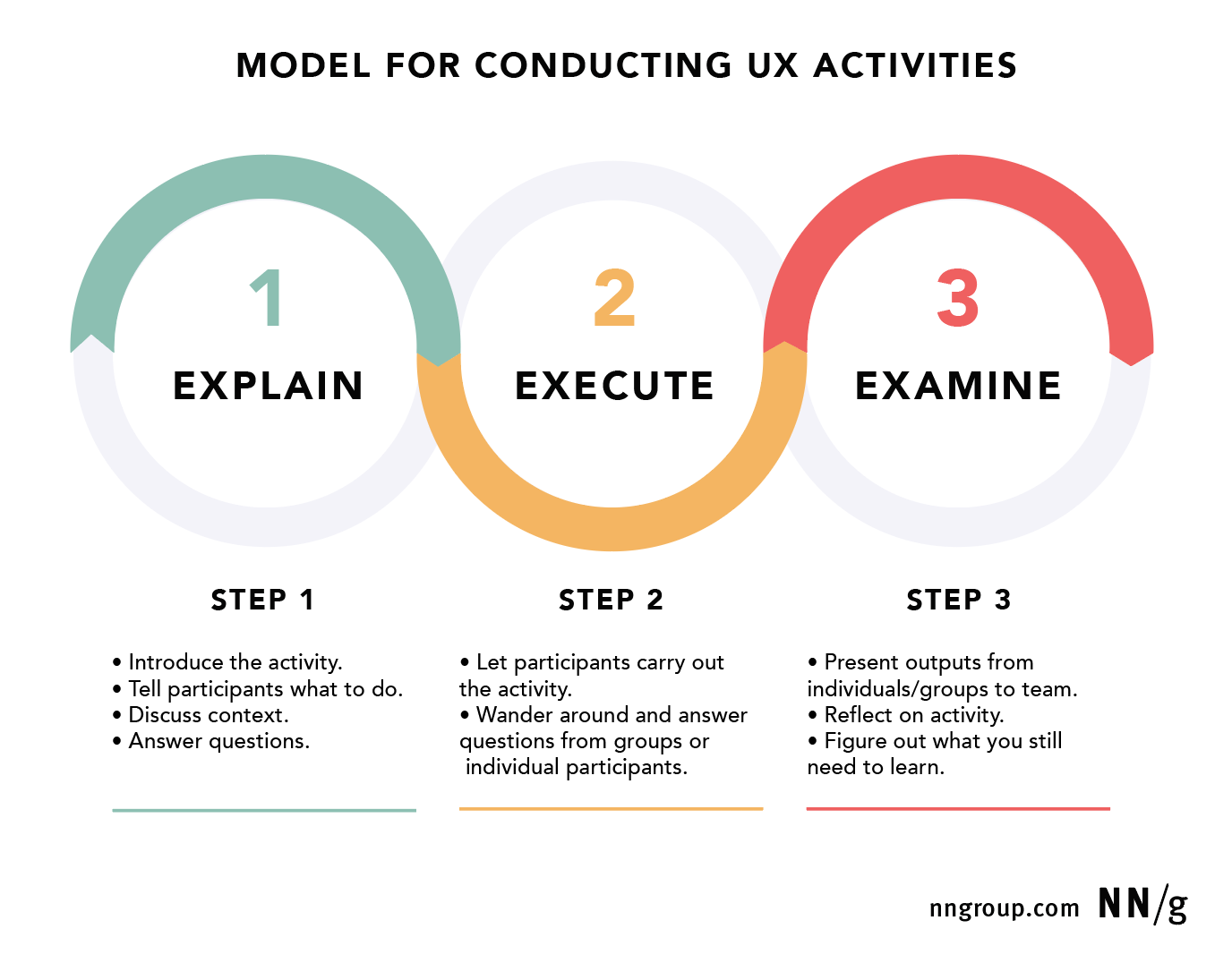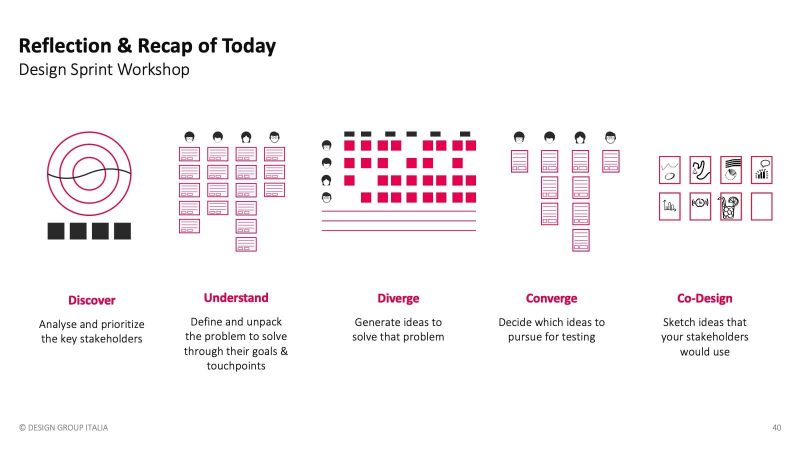Currently with Design Group Italia, I have been busy building ecosystems for various clients with digital products, applications and websites which cater to different touchpoints, like these:

How I got started..
My experience with Design Group Italia (DGI) started in Oct 2017, when I joined them to pursue my 2 months mandatory circular internship with their digital team.
As I was getting oriented into this amazing multicultural company and learning the nuances of the Italian life, my 2nd day at DGI started with a client workshop for a startup company called Corlina from when I started enjoying the vibe and culture of this team.
Little did I know, I would instantly click with these talented people and decide to join them full time from January 2018!
This on-going fun experience starting with Italian coffee in the morning to deep project conversations during the day and ending with some fine Italian aperitivo, I have learnt and grown as a UX designer sharing my knowledge and learning from them for 2.5 years.
During my journey here, I have worked with 6 clients on 8 end-to-end digital products for all touch-points, 3 web products, 3 website designs and 2 mobile applications.
While I brought my 4 years of UX experience to this team, I also learned new methodologies for UX workshops.
Today I want to share the knowledge and experience I have gained being a part of UX workshops for different clients at multiple stages of the projects. The workshops conducted were collaborative sessions ranging from 4 hours to 2 day, while co-facilitating them.
UX workshops
UX workshops are conducted to solve problems and make informed decisions which enable progress on a particular challenge which is unique to every client and their product.

At DGI, we embrace the fact that every client brings a new challenge to the table and as designers, we should deliver a solution that caters not only to their customers but also to their business. These workshops also create a trust bond between the client and our design teams. Another goal of a workshop is to align the entire team (client + design team) to be on the same page and share the same perspective of the project.
Here are some different workshops that I have facilitated during my journey with DGI and our clients:
- Discovery Workshops, where together with the clients (executives, engineering teams and business teams) we gather existing knowledge, understand business requirements and together build a roadmap and ecosystem of their end-to-end products and environment.
- The other kind of workshop is a deep-dive workshop where we understand the stakeholders of the company and their journeys with the digital product and the ecosystem. These workshops help to shift the perspective from a feature-first to user-first approach.
- Co-design workshops, where we encourage the clients to gather a diverse group of cross-disciplinary team members (like business, marketing, developers, architects or also practitioners depending on the clients business) to rapidly generate, brainstorm, and discuss a wide range of ideas from various perspective. This helps the team learn from each other’s experience even before deciding features and systems.
- Another intense workshop is where we design activities to gather detailed information about the product, features, users and prioritise, critique and define the product and project roadmap. These workshops create a productive dialogue between our design team and the clients, also bringing in a level of clarity with a direction to proceed with the project roadmap.
Please do note, The above-mentioned kinds of workshops can be combined together based on the purpose of the workshop (We did not conduct all workshops for the same client or same project). The activities and intensity of the workshop would depend on the brief, budget, duration and time available for the workshop.
So, when do we hold a workshop? We conducted workshops at different stages of the project timeline depending on how much we and the client’s team were involved and most importantly the complexity of vision and knowledge of the roadmap.
Preparing for workshops
Okay, we know the kinds of workshops and when to host them. Let’s talk about how to prepare for a workshop. align and educate the team members about the client, product and the specific project.
There are 3 steps to cover before a workshop:
- Define a purpose and goal of the workshop. Workshops are on another level compared to meetings, they are used to solve a problem, develop a plan, or reach a decision. So, to make the best of the time you spend and depending on what stage of the project you are on, describe why you need the workshop and what do you want to accomplish at the end of it. It could be to discover and understand your clients business or to dive into the product before starting the project or in-between the project to prioritise what the users will need initially and how the business will be impacted. Detail for User-centric angle, technology angle and the business angle.
- Define the duration of the workshop and structure activities according to the scope and purpose. Once you are sure of the goals as a design team, you should articulate what kinds of activities you want to perform and how long should they be (this also depends on who is going to attend). E.g of activities for a discovery workshop: Idea Parking Lot, Facts and Assumptions, HowMightWe (HMW), Stakeholder Mapping, User Personas and/or Archetypes, etc. From my experience, there will be activities that you can use as is and some activities that you will have to customise and design for your need.
- Invite a diverse team. Remember to Invite all decision-makers and stakeholders from the client team who might have valuable input like the product owner(s), marketing team member, designers, developers, researchers etc. Yes, it will be a big group but the diversity and knowledge will definitely help you in the entire journey of the project. 100% worth all the effort. This should be communicated and discussed with the client BEFORE setting an agenda
Facilitating Workshops
As a facilitator, you need to have the ability to listen, adapt and remain as objective as possible during the sprint (Don’t worry, it takes a while to get a hang of this). As a facilitator you will also be speaking often and leading the group, so make sure to let everyone have their say and not just push your team’s agenda.
It’s your responsibility is to make sure that the time spent in activities or exercises is as productive as possible for participants — clients, stakeholders and other team members —and generates the insights needed to move forward. Your role is to monitor progress continually and keep the time, so if an exercise is slotted for three minutes, it’s the facilitator’s job to enforce that.
PRO TIP: Having another team member facilitate with you is a big plus when you need to mix-up things or take care of logistics. Tip 2: During the planning, decide on which activities can be skipped in case of time constraints, e.g: there is a discussion that takes longer but is important to your workshop goal.
Before you start the workshop, set some rules for the team. Yes rules, these are also meant to ease everyone and not hold back during the activities. You want everyone’s input and knowledge to reach your goal. Below are some rules we include in our presentation during the introduction.

When you share these rules on screen, it becomes an unsaid truth that this design workshop is not supposed to be biased in any way. Remember that everyone has a bias, and as mindful as you can be of that bias, there must be an effort to remain neutral throughout the workshop.
Workshop activities
To ensure that your participants get the most out of the workshop, prepare your presentation describing each activity in detail.
- Start with explaining what the activity is.
- Give an example of how they are supposed to execute it
- Explain the objective of doing this exercise.
- Add an image or the actual design/card of the activity.
- On the next slide: Describe how to actually do this activity. TIP: Leave this slide on the screen until the activity is complete.
PROTIP: Add the timings of the activity on the slide (see the top-right of the example slides below). This helps the facilitators keep a time check and shares the additional information for the participants as well.
Conducting Activities
Now that you are prepared with your workshop presentation and have all the activities and exercises planned, time to get ready to facilitate and conduct each activity.
Following this 3-step process: explain, execute, and examine is going to make sure that all your participants are involved and contributing towards the goal! You can read in detail from this article by the NNgroup design team.
Every activity should be described as mentioned above and while one facilitator is explaining the activity, the other can distribute the material at that moment. Remember not to share all the activity materials/worksheets at the beginning as that will distract the participants. Handing it out just before that particular activity will create excitement and curiosity for that round.
PROTIP: Remember to allocate time for all three steps, you can also divide the time and set your timer accordingly. e.g: Explain: 5mins; Execute: 15mins: Examine/Discuss:10mins. This will also help you pull some participants who have not shared before or are shy to speak first.
Step 3 is equally important and do add some buffer time as this is the moment where you will gather the most information. Beware that sometimes these reflections can trigger other discussions and as a facilitator you have make sure it does not drag on and say, “lets put a pin on this and come back to it at another moment or in a different meeting”.
Wrapping up...
At the end of the workshop, do a very quick 5mins reflection on how the workshop day was and 2-3 pointers on what you will do the next day (this is considering its a multi-day workshop session). If the workshop was just for a few hours and one day, take 10mins to recap and thank everyone for their participation. Also share the next steps, of how and what the output of the workshop will look like.
You want them to understand the user-centric approach and be hooked to this and be curious to see the workshop output and summary.
My reflection...
Conducting different workshops at Design Group Italia has helped me discover how I can create new workshop tools and activities catered to a specific client and customised to a specific project. Also helped me become a better facilitator (yup, it takes a lot of practice). These workshops have helped build my relationship with the client and believe me, a much stronger trust-bond.
Hope you have enjoyed and learned from this article. Have a wonderful workshop!
